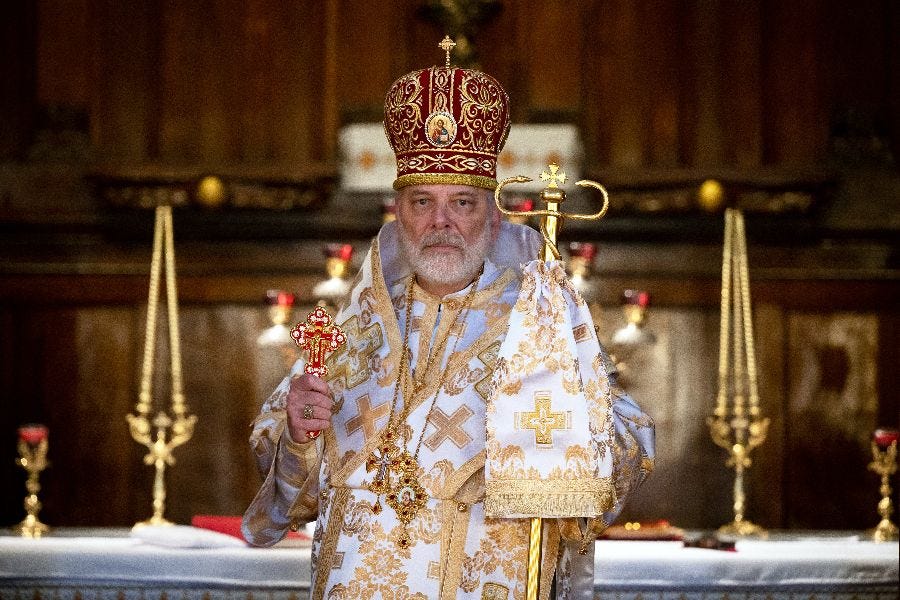‘I don’t know what God’s plan is’: The trials of Britain’s Ukrainian Greek Catholic bishop
Bishop Kenneth Nowakowski has had an eventful start to his ministry in the UK

On Aug. 25, 2021, Bishop Kenneth Nowakowski began to feel deeply unwell. Over the next few days, he sensed his body rapidly deteriorating. Before he knew it, there was an ambulance at the door of his residence in Mayfair, central London.
Two attendants helped him into the vehicle while his neighbors across the street looked on. The bishop was taken to th…
